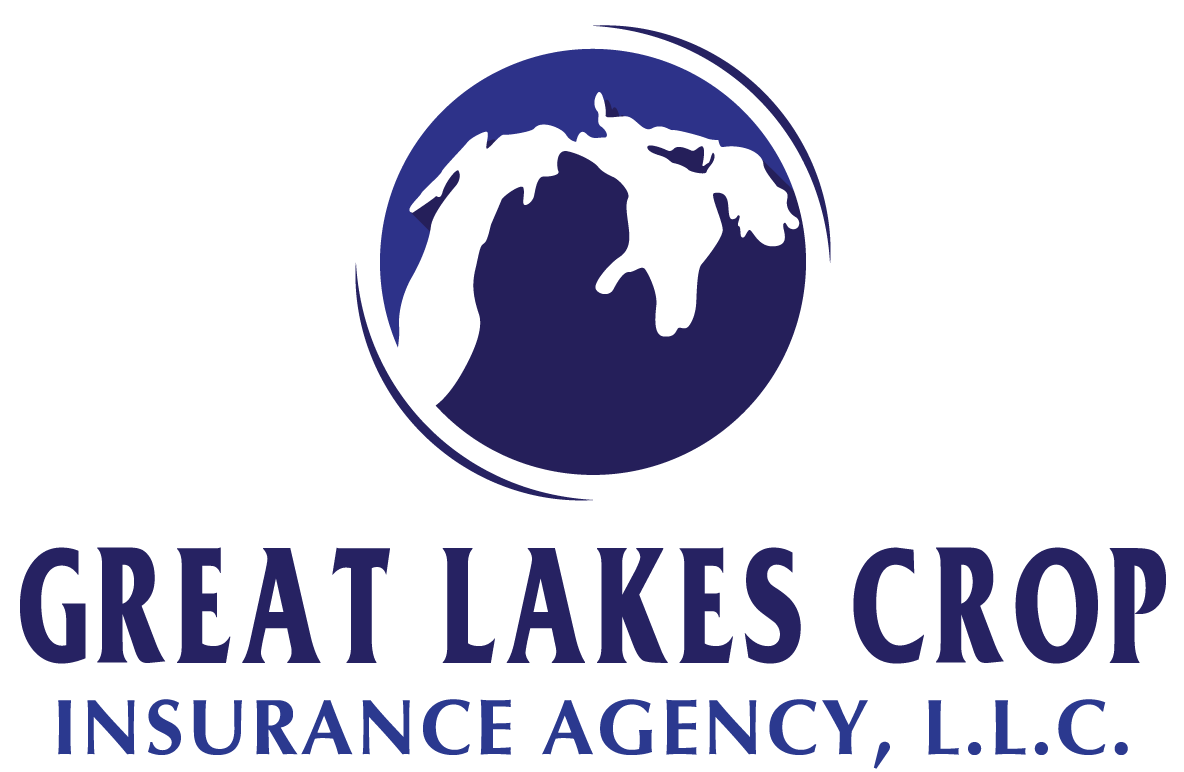Insurance Products
-
Actual Production History (APH)
An APH policy insures against yield losses due to natural causes such as drought, excess moisture, hail, wind, frost, insects, and disease. This insurance plan guarantees a yield based on the individual farmer’s actual production history.
-
Yield Protection (YP)
YP policies protect farmers against a loss in production below a guarantee. Farmers have the opportunity to choose from a variety of different coverage levels. The yield used for the coverage is determined by the farmer’s actual production history (APH). APH is determined by looking at the average yield in a unit for a period of four to ten years. If the average yield is less than the guarantee, a payment is processed.
The projected price is determined with the Commodity Exchange Price Provisions and is based on daily settlement prices for certain futures contracts. The farmer picks their coverage level, between 55% and 100%.
-
Revenue Protection (RP)
RP protects against revenue loss due to a decline of crop prices and/or yields. Farmers can pick from a variety of coverage levels. If the yield falls below the yield guarantee or if the actual revenue falls below the minimum revenue guarantee, a payment is made. RP allows for a minimum revenue guarantee that can increase as much as 200% over the minimum guarantee if the crop insurance harvest price is higher than the projected price.
-
Margin Protection (MP)
MP provides farmers against an unexpected drop in operating margin. MP provides coverage that is based on an expected margin, which is the expected area revenue minus the expected area operating costs for each applicable crop, type, and practice. MP is area-based and therefore may not necessarily reflect an individual farmer’s experience.
The price discovery period for MP corn, soybeans, and wheat begins August 15th-Spetember 15th. MP is either a stand-alone policy or in conjunction with an individual base policy. For example, if a farmer chooses to purchase both MP and YP the premium for MP will be reduced.
-
Supplemental Coverage Option (SCO)
The Supplemental Coverage Option (SCO) is a crop insurance option that provides additional coverage for a portion of your underlying crop insurance policy deductible. You must buy it as an endorsement to the Yield Protection, Revenue Protection, or Revenue Protection with the Harvest Price Exclusion policy or to the Actual Production History policy for crops that do not have revenue protection available.
-
Enhanced Coverage Option (ECO)
ECO is a new crop insurance option that provides additional area-based coverage for a portion of your underlying crop insurance policy deductible. It must be purchased as an endorsement to the Yield Protection, Revenue Protection, Revenue Protection with the Harvest Price Exclusion, Actual Production History or Yield Based Dollar Amount of Insurance policy. ECO offers farmers a choice of 90 or 95 percent trigger levels. Trigger means the percentage of expected yield or revenue at which a loss becomes payable.
-
Pasture, Rangeland, and Forage (PRF)
The PRF policy is an area-based insurance plan that covers perennial pasture, rangeland, or forage used to feed livestock. It provides producers a risk management tool to cover the precipitation needed to produce forage for their operation.
Producers must choose at least two, 2-month periods when precipitation is important for forage growth for their operation. These periods are called index intervals. RMA uses NOAA CPC data to calculate normal precipitation and deviations from normal precipitation. RMA uses NOAA precipitation data based on the Optimal Interpolation methodology. Interpolation is based on the idea that things closer together in space are generally more similar than those farther apart and it estimates precipitation for a grid using reporting stations within a search radius around the grid. More information about the technology and how NOAA CPC interpolates weather data to a specific grid can be found on RMA’s PRF web page. Select “Rainfall Index, Pasture, Rangeland, Forage Technology”. It is important to understand that precipitation is interpolated to the grid, not measured within the grid.
When the interpolated precipitation falls below average for the index interval, it triggers a loss payment to all ranchers who have signed up for the program in the grid that are covered under this interval. Producers do not need to submit a loss claim or notify their agents. RMA calculates any loss and your insurance company processes any indemnity due. Losses are calculated based on whether the current year’s precipitation in a grid has deviated from normal compared to the historical normal precipitation in the same grid, for the same period. Losses are not based on a single ranch or a specific weather station in a general area.
-
Margin Coverage Option (MCO)
New for 2026 and succeeding crop years, Margin Coverage Option (MCO), is offered as an endorsement for select crops. The endorsement provides producers with coverage against an unexpected decrease in their operating margin with a 86% to 95% band of insurance.
Starting in the 2026 crop year, the new Margin Coverage Option (MCO) will be available in addition to underlying crop insurance policies in select counties starting for corn, cotton, grain sorghum, rice, soybeans, and spring wheat.
